DISCLOSURE: This is an opinion article. Please note that unsigned editorials represent the collective opinion of The Wingspan student news staff and do not necessarily represent the opinion of the adviser or Gretna East High School. Columns represent the opinion of the author alone and do not necessarily represent the opinions of the adviser, the Wingspan staff or Gretna East High School.
Student-athletes at the school spend, on average, almost 13 hours per week to train and practice for their chosen sport. This is an extremely long day for any person when adding on the other 35 hours per week spent in school. On top of all of that, underclassman athletes also have to do a physical education class for 50 minutes a day.
With all this time spent each week participating in intense physical activity, adding a physical education class seems like an unnecessary hoop to jump through to graduate.
“It’s [PE classes] not really needed because you’re practicing before or after school for hours more than you would in PE,” volleyball player, freshman Mya Keleher said. “Also, PE is not as difficult, and it’s not really making you that much better.”
However, the state of Nebraska requires “20 instructional units or two years of daily classes in personal health and physical fitness for secondary school students.”
So, with that in mind, it might be beneficial to consider changing what “personal health and fitness” classes are offered to include a special course just for student-athletes. A course designed with weightlifting and conditioning routines or workouts geared towards high school sports would make PE seem more helpful and important to student-athletes, and it could help the school’s teams overall, too.
Head Girls Basketball Coach Wade Coulter sees that idea as something that would help his team by not having to use practice time to condition or work out or reduce the length of practice times.
“If they could do that lifting for 45 minutes, twice a week, during the school day, maybe some sort of yoga, stretching and whatever in a class,” Coulter said, “that would be maybe a better alternative to just a generic PE class, because, again, your athletes are already getting their physical activities.”
This idea isn’t a new one. Both Millard Public Schools (MPS) and Omaha Public Schools (OPS) offer such a course. MPS’s is called ‘Sports Performance’ while OPS’s is called ‘PE Leadership.’
Both courses are designed for student-athletes to improve their physical abilities, including strength, agility and flexibility, while also incorporating mental training through lessons on nutrition, sports psychology and leadership.
Gretna Public Schools should offer a course like these as they meet the state’s requirements for PE, and it would make PE more meaningful for those who play sports.
While some of the current PE class units discuss health-related fitness, a majority of the course focuses on playing “lifetime sports.” Student-athletes know all too well that playing a game like ultimate frisbee or handball in PE class is not really going to help them and their team get to State. It doesn’t help them, nor does it hurt them; it’s just simply there. If they must take a PE class, it should at least be a class that is designed to focus on specific skills for the sports offered at the school.
In addition to being more meaningful, this type of PE class could potentially allow athletes more valuable time to rest or do homework. This is because if athletes were to get their workouts in or condition during a class, they wouldn’t really need to do it during practice, so coaches could reduce practice times. If athletes get home earlier from practice, it would help them not need to stay up as late getting school work done, overall allowing for more sleep which could increase the level of performance given by the athlete both in school and in competition.
“Doing that [athlete workouts] during their PE time would honestly let them sleep more and sleep is very important if you’re going to be able to do the sport,” volleyball player, freshman Emmalynn Naylor said.
According to Paediatrics and Child Health, a medical journal of pediatrics, teens need about nine to 10 hours of sleep per night. Unfortunately, most student-athletes at the school get less than this.
Getting the right amount of sleep as a teenager is important because according to SleepFoundation.org, it helps nearly every system in the body such as the immune system, regulating hormones and enabling muscle and tissue recovery. This allows for healthier student-athletes who are more energized and ready to go for school days, practices and games.
Who wouldn’t want that? It’s definitely something to think about for the future in Gretna Public Schools.

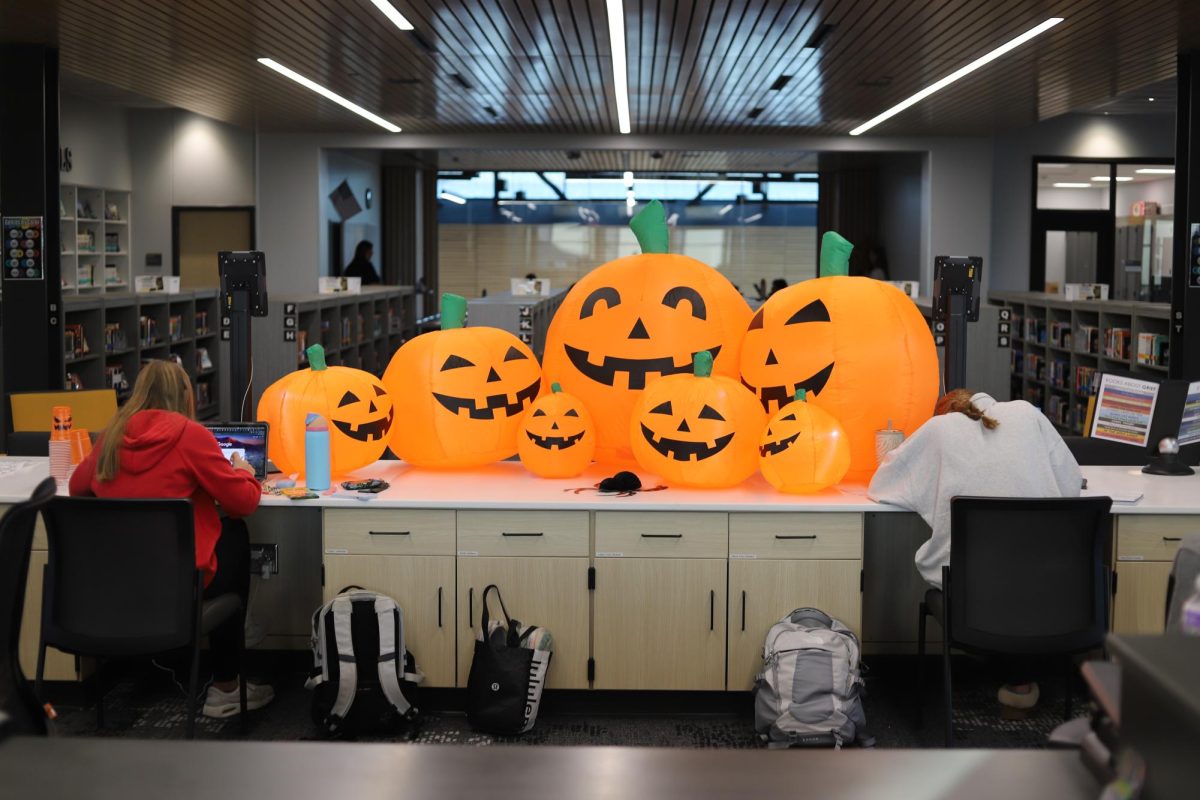

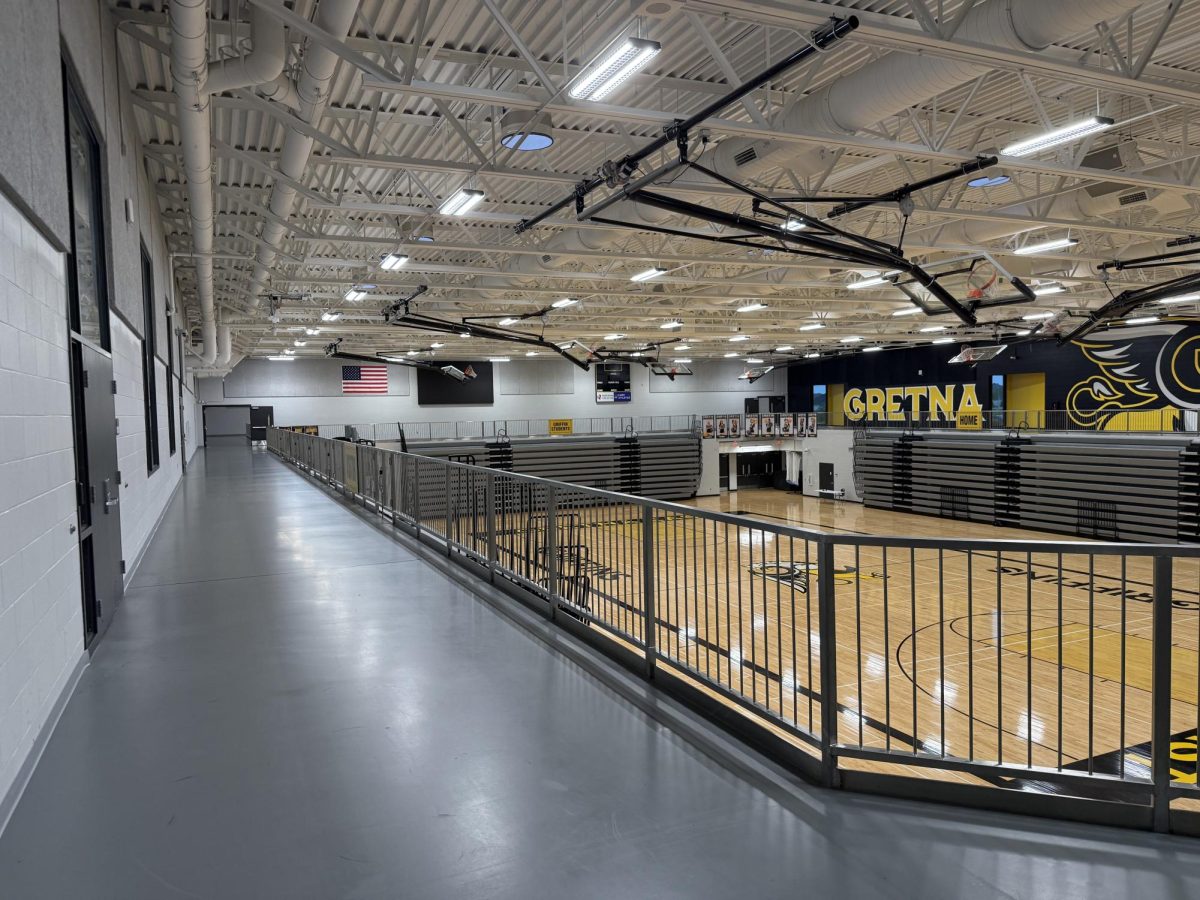

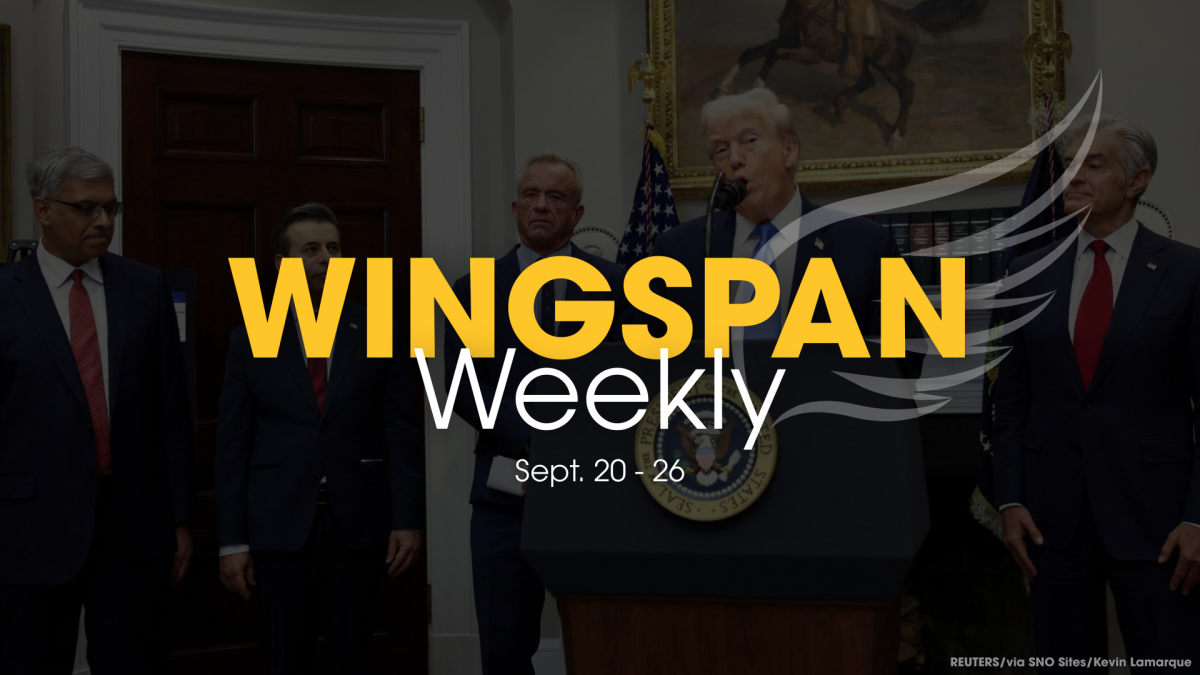
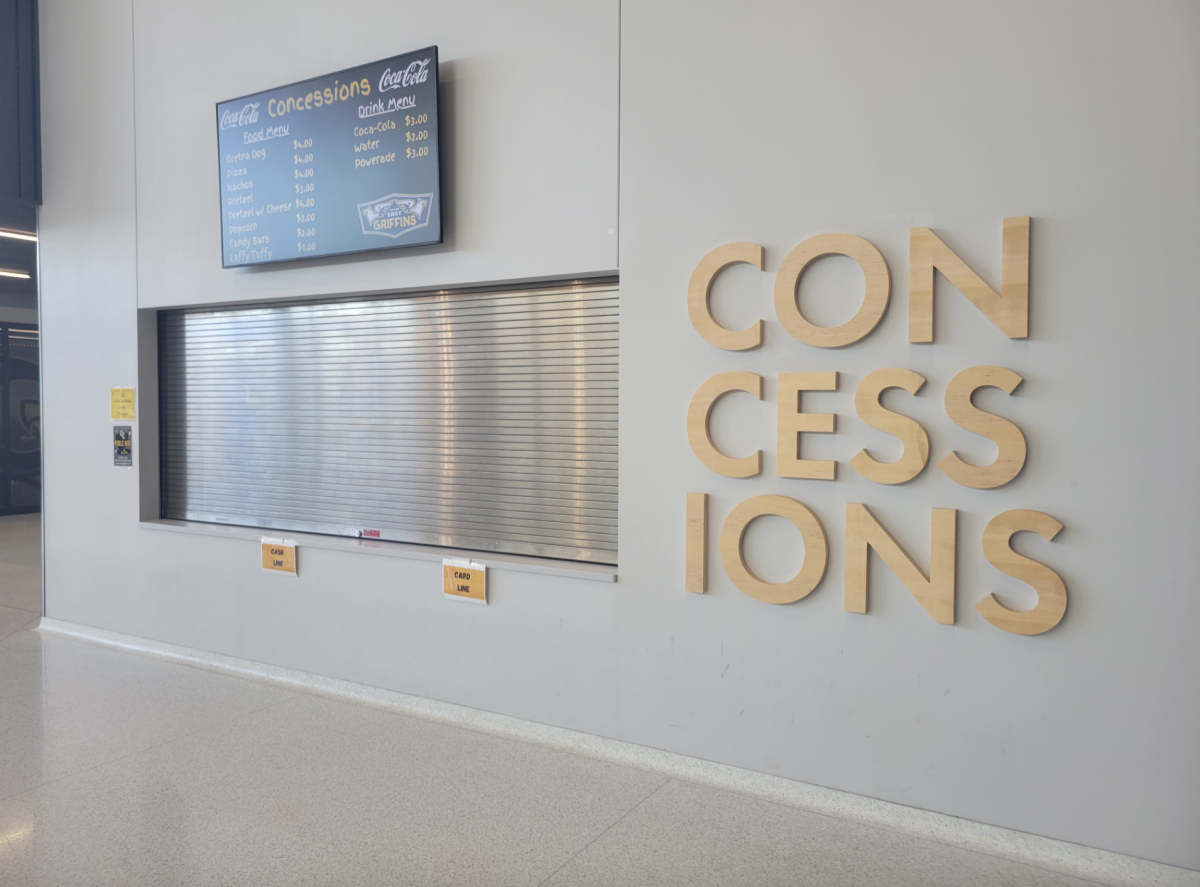

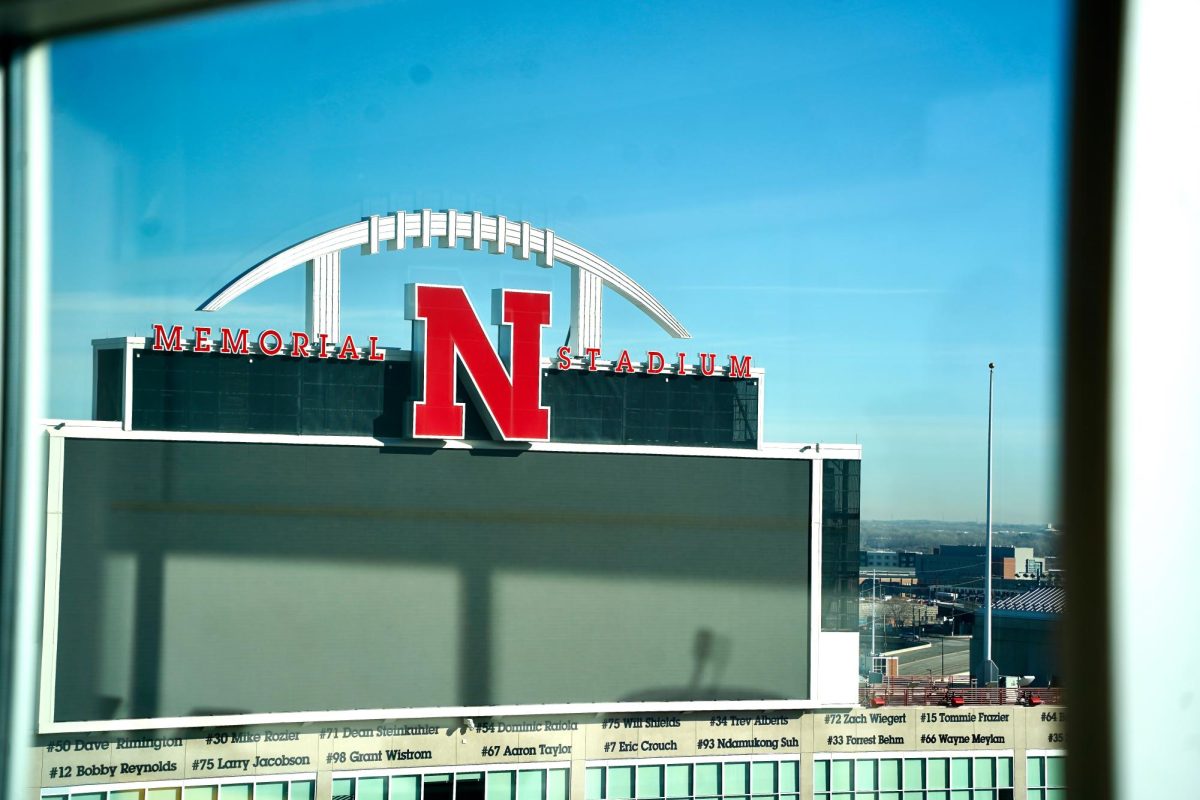

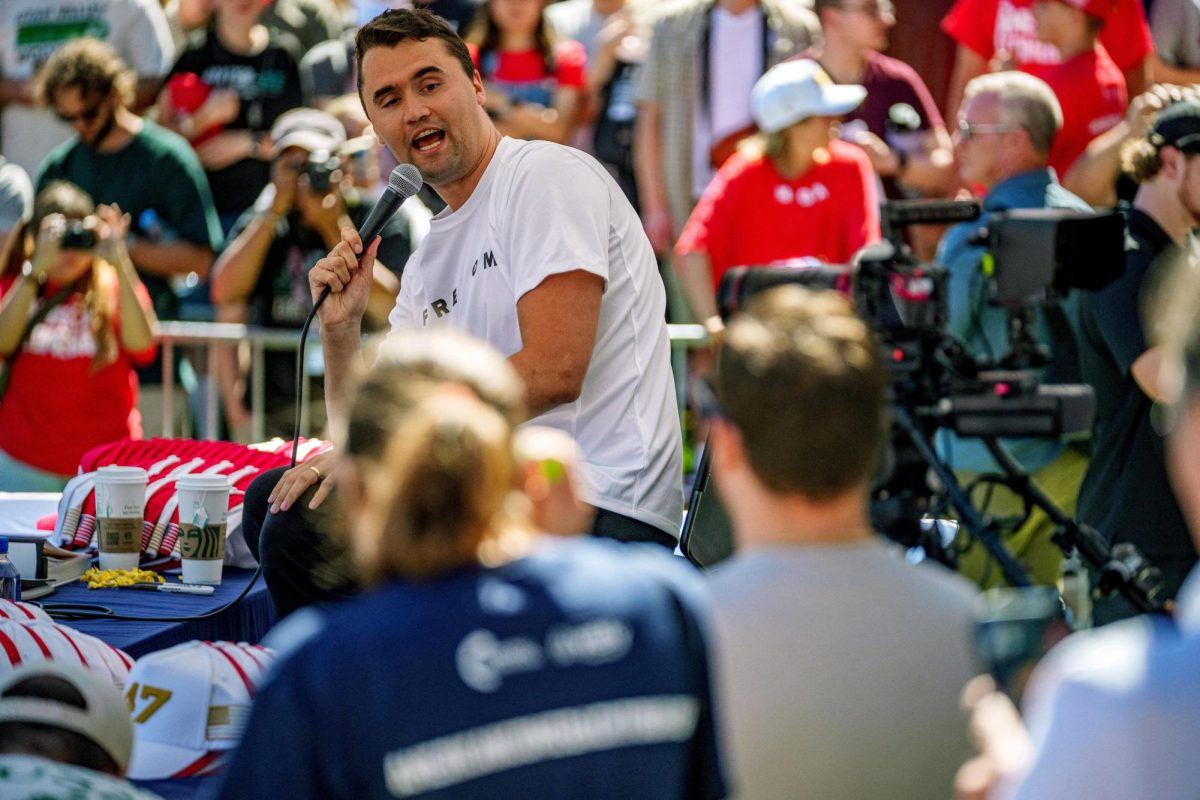
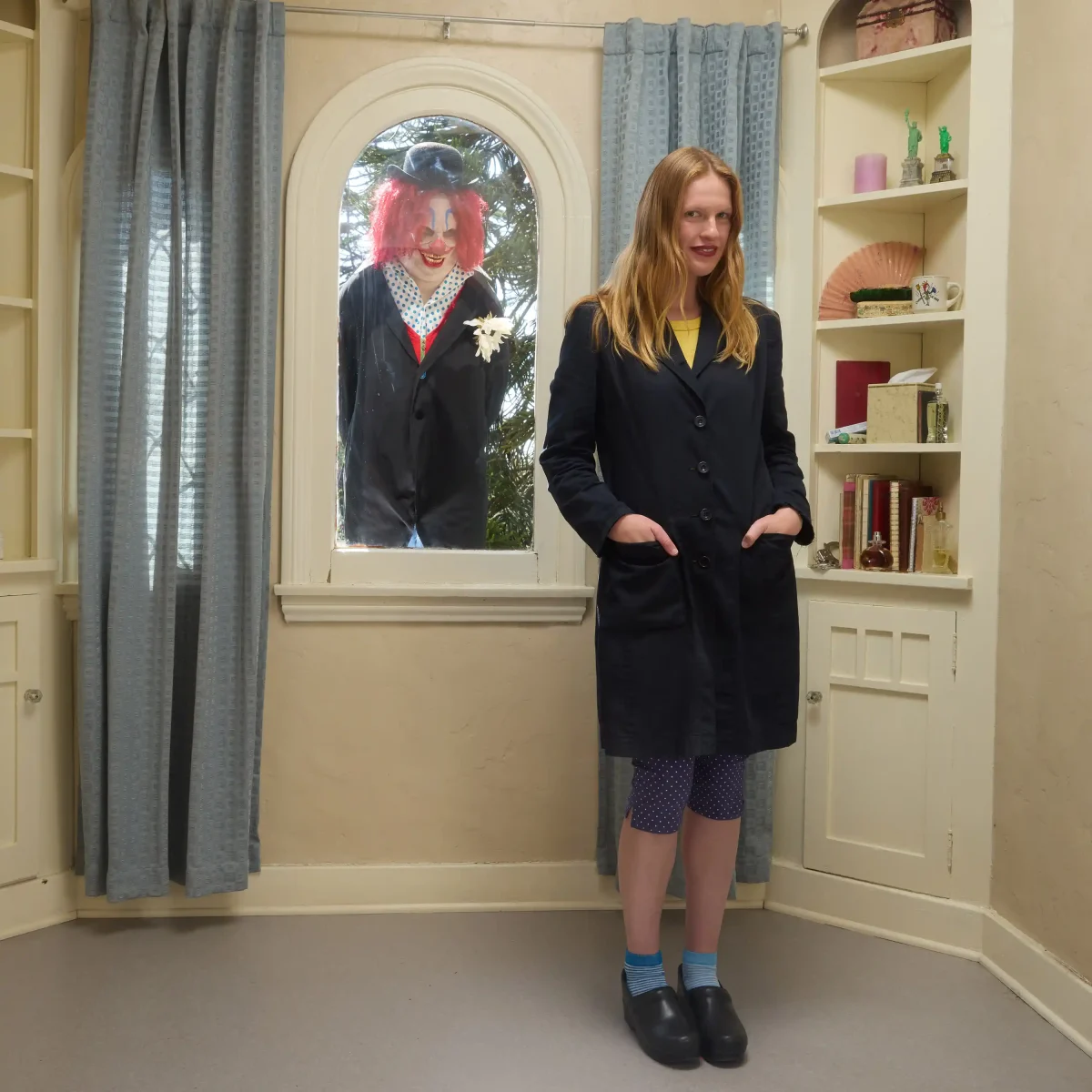
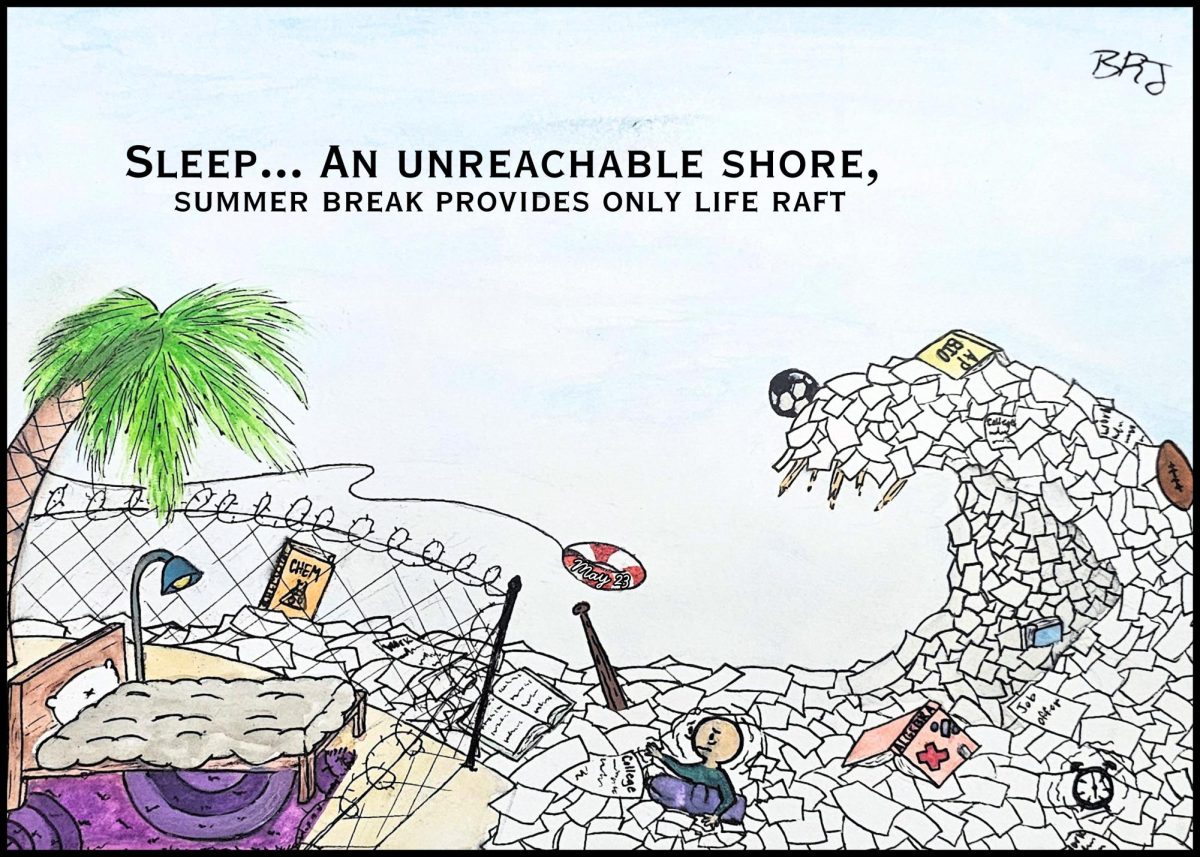
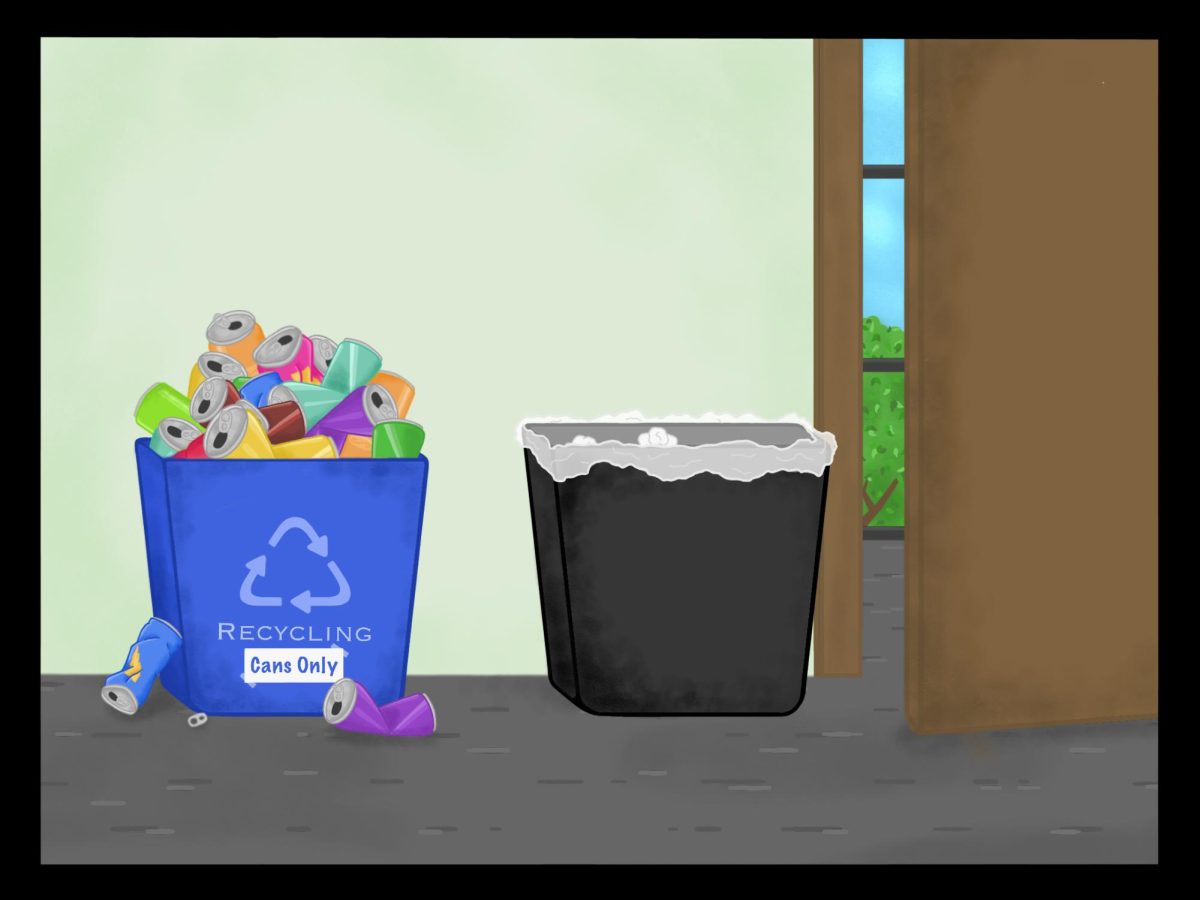
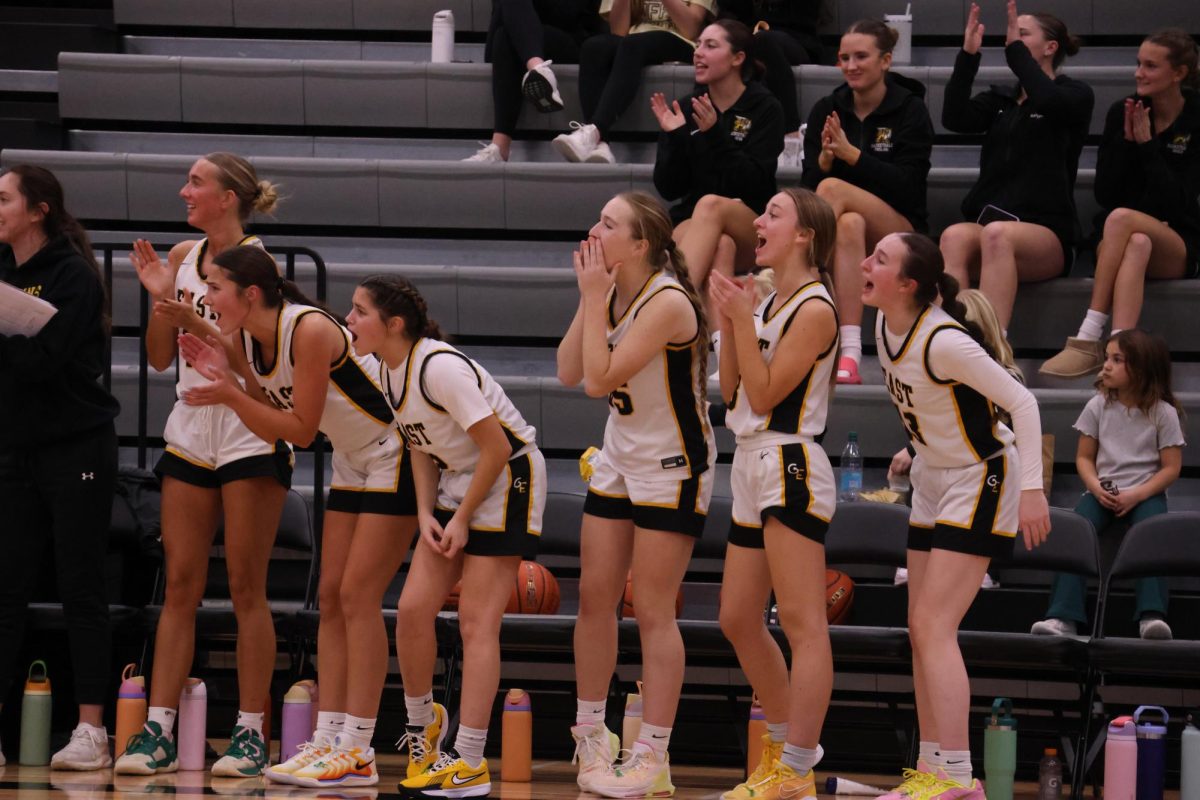
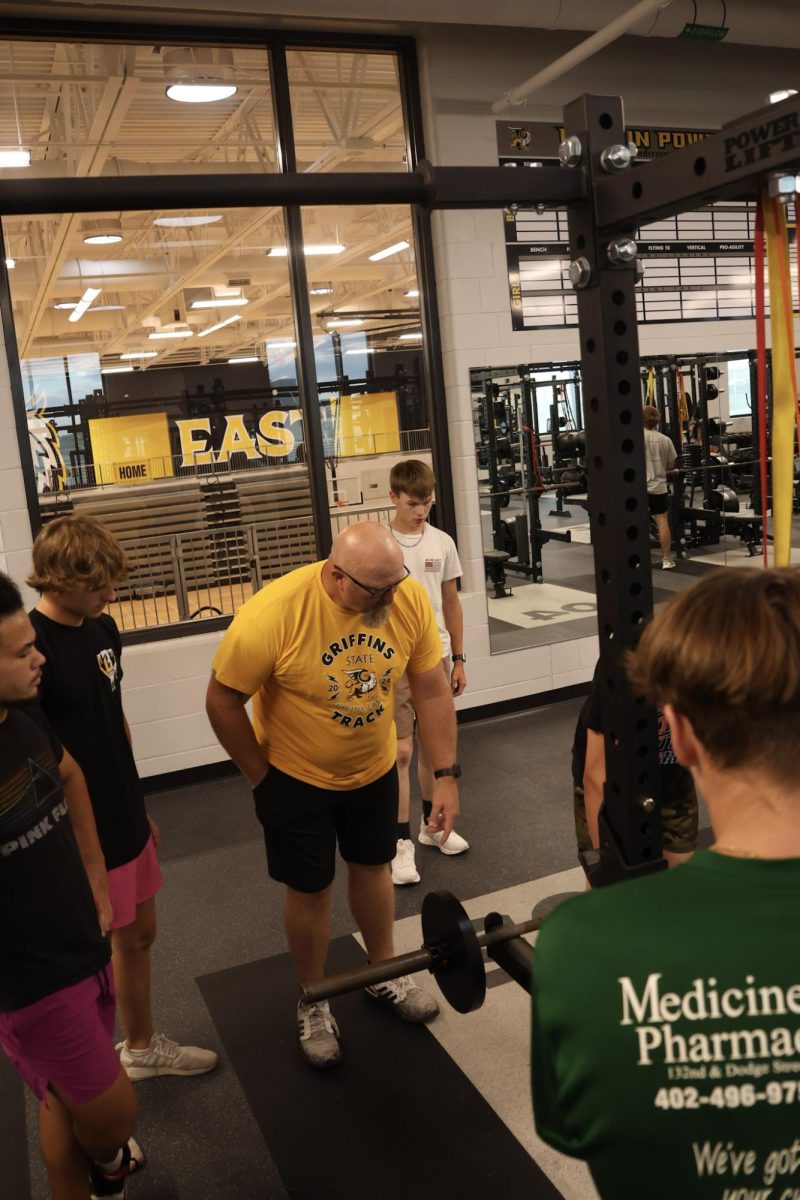
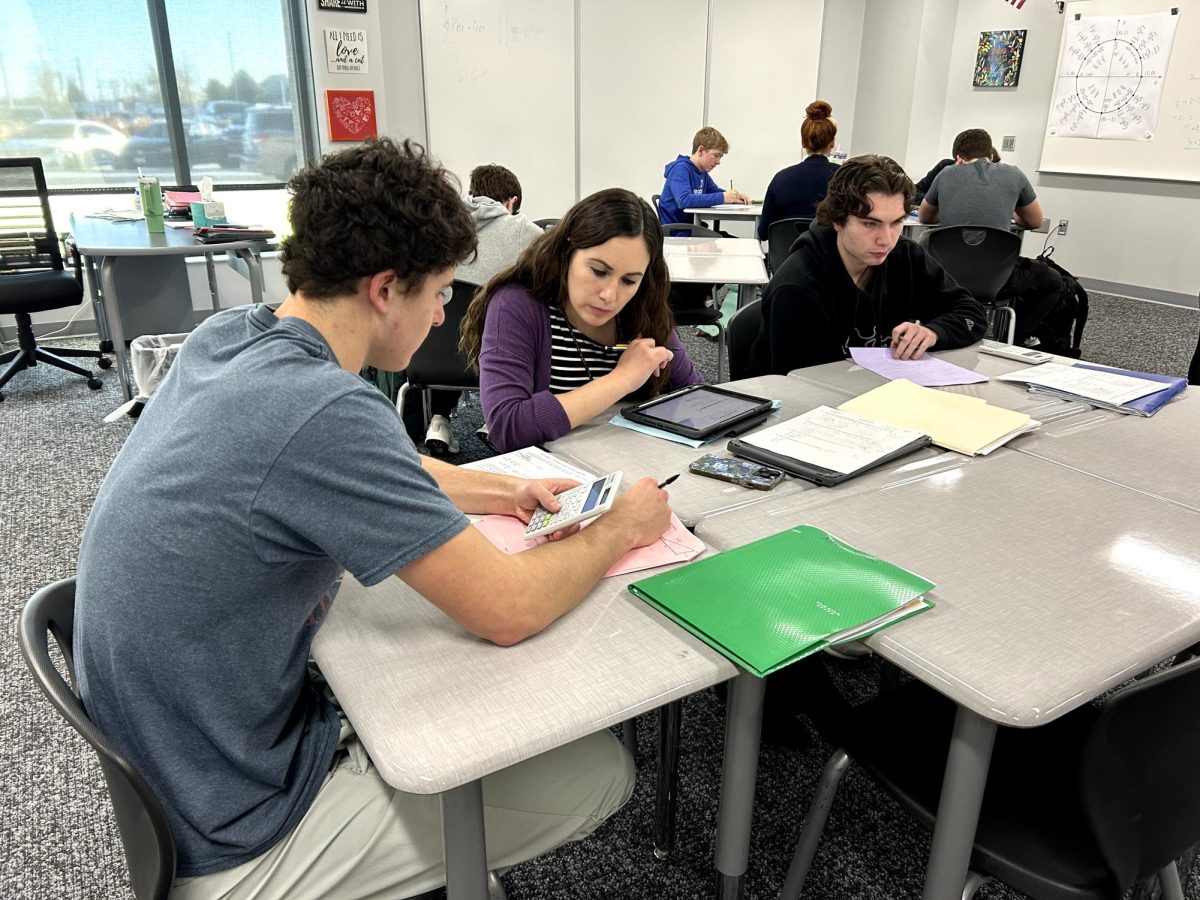

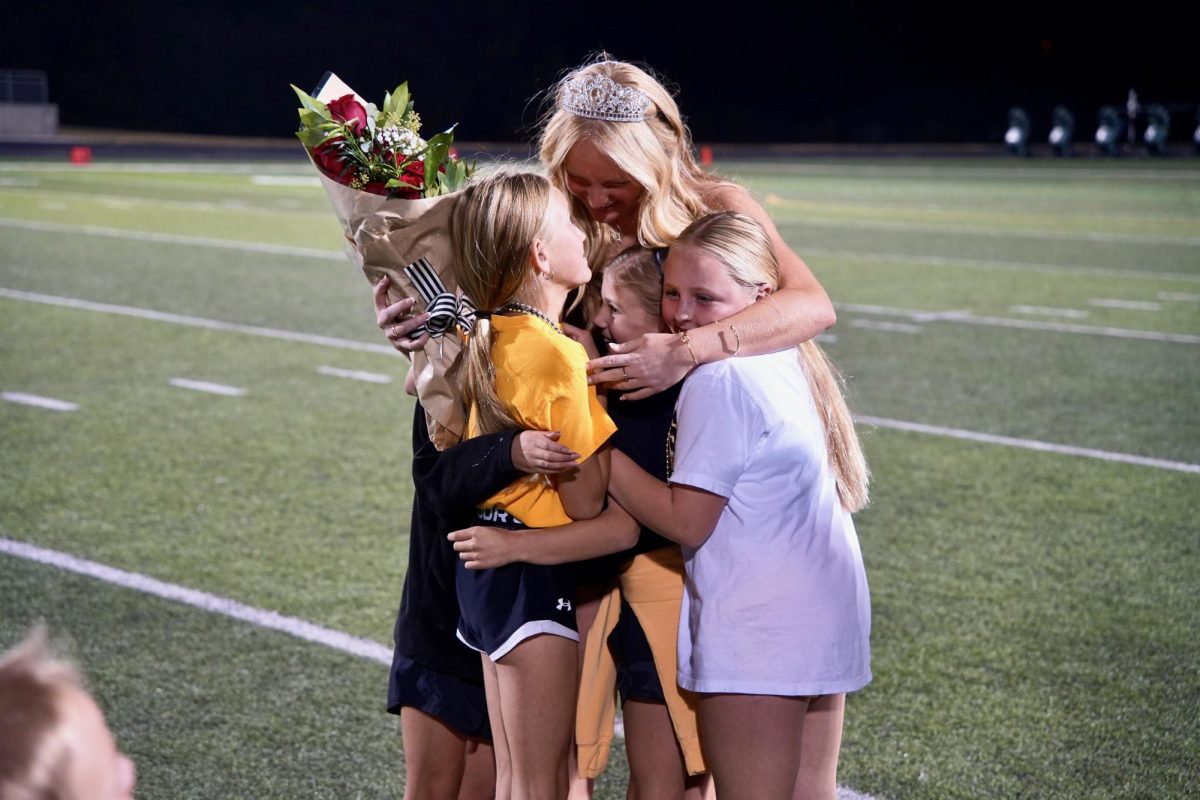

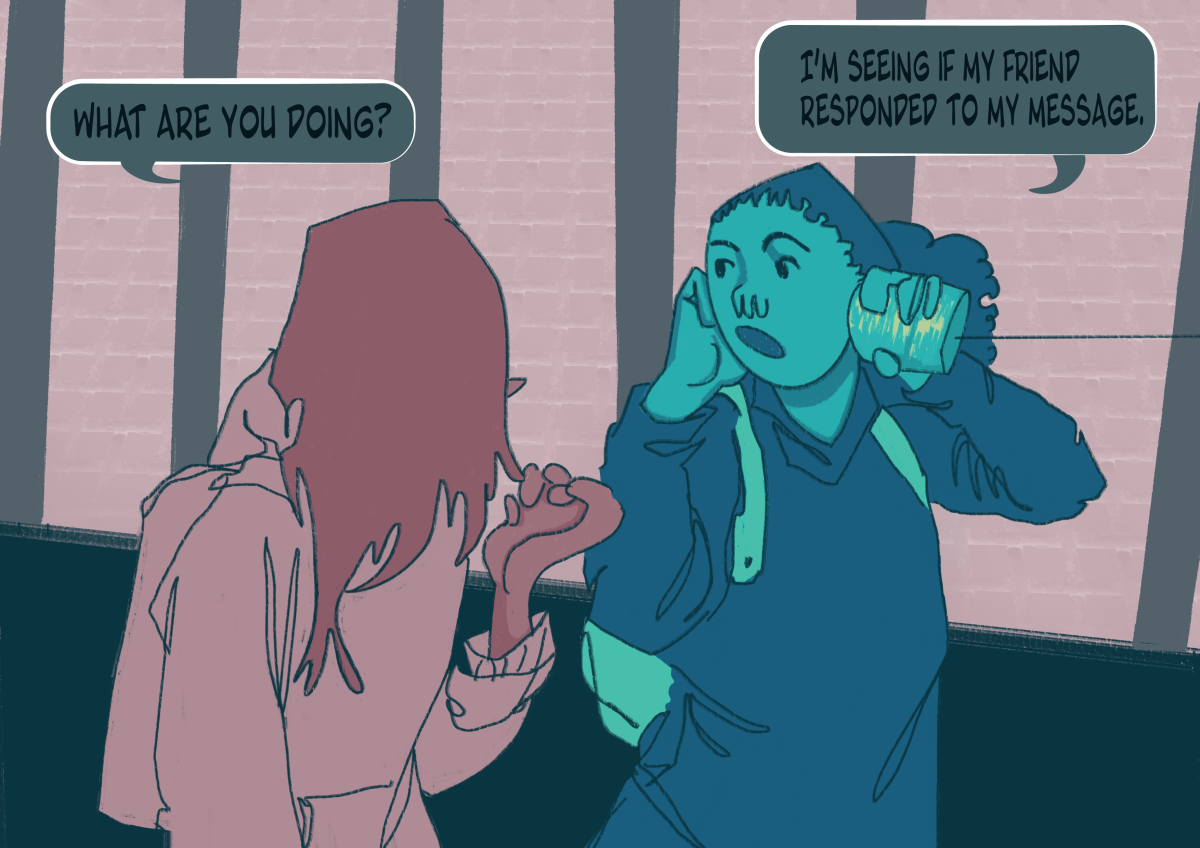





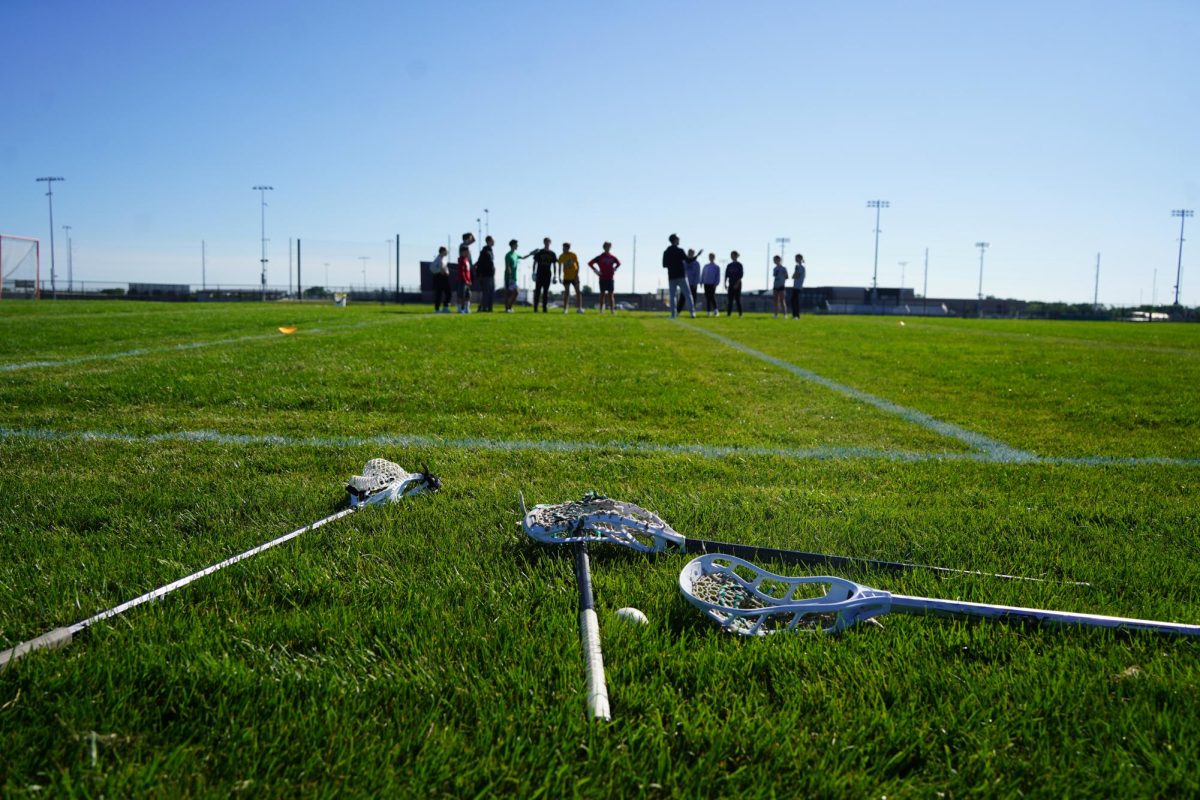
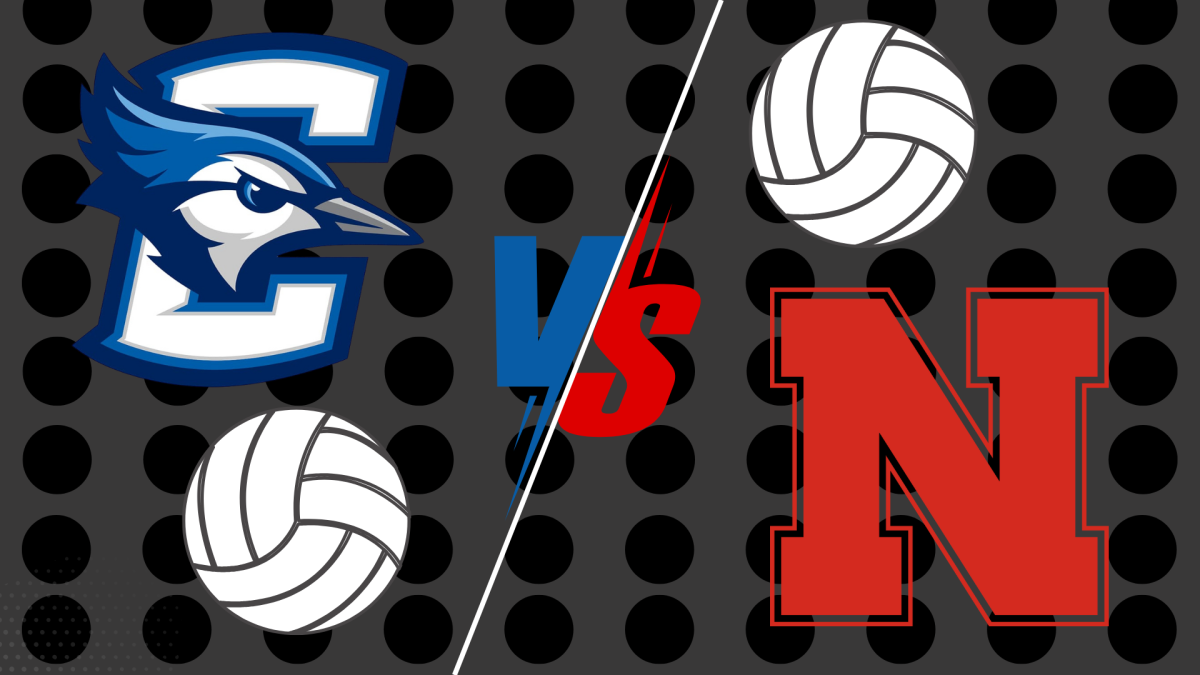
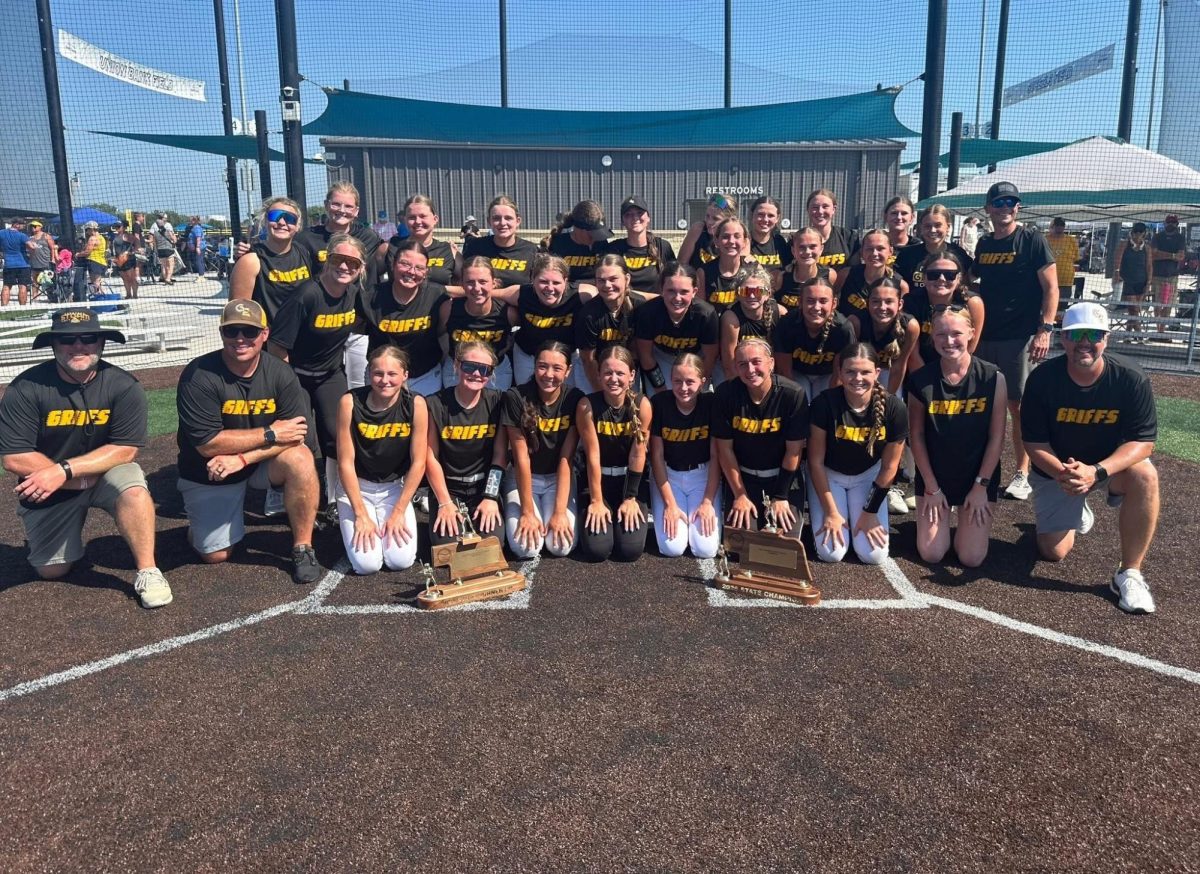
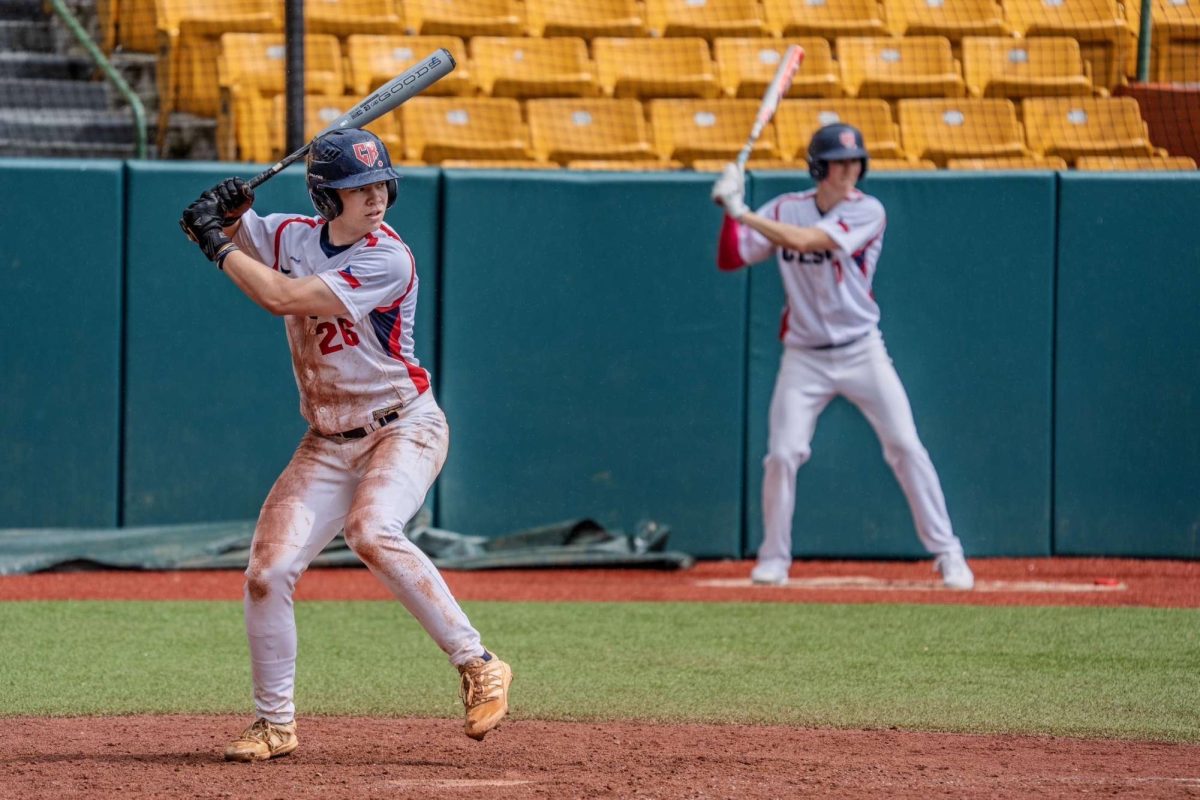
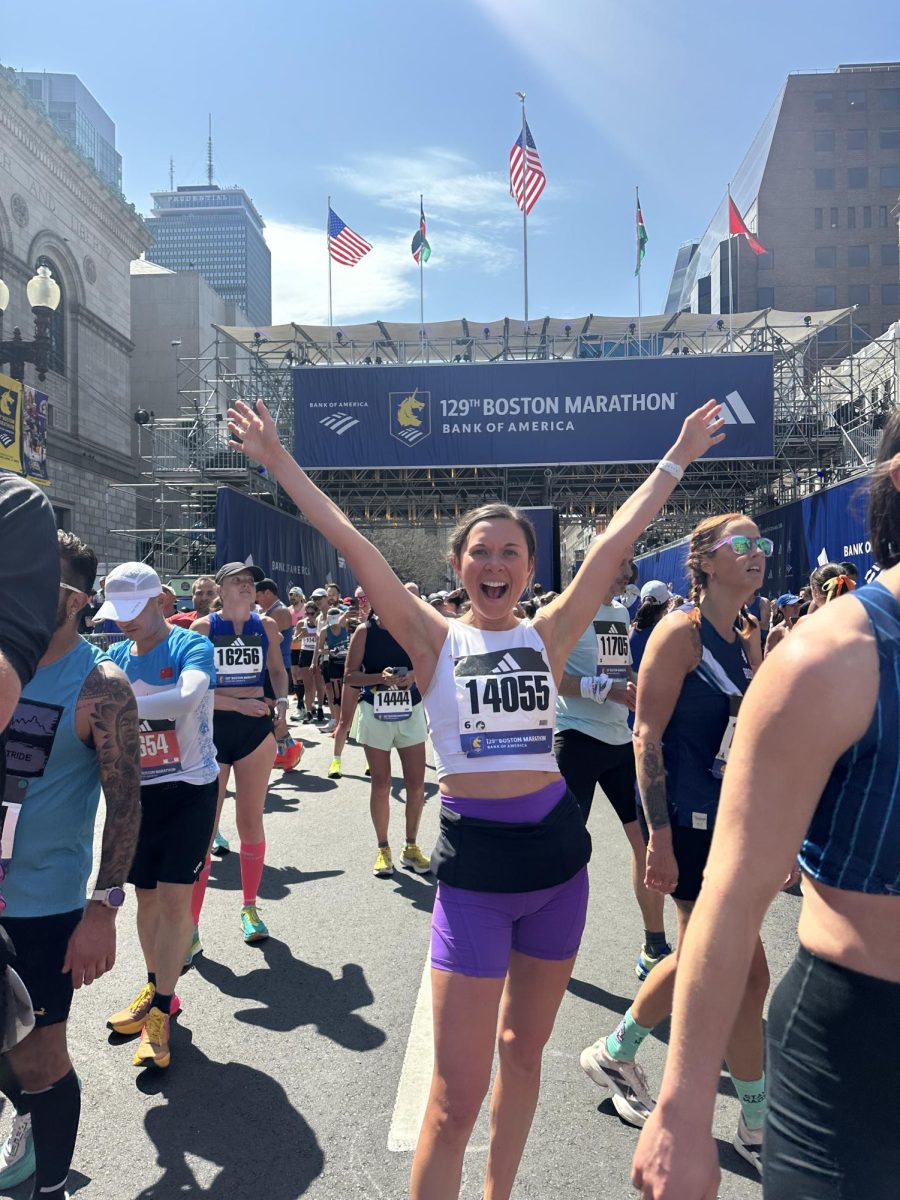

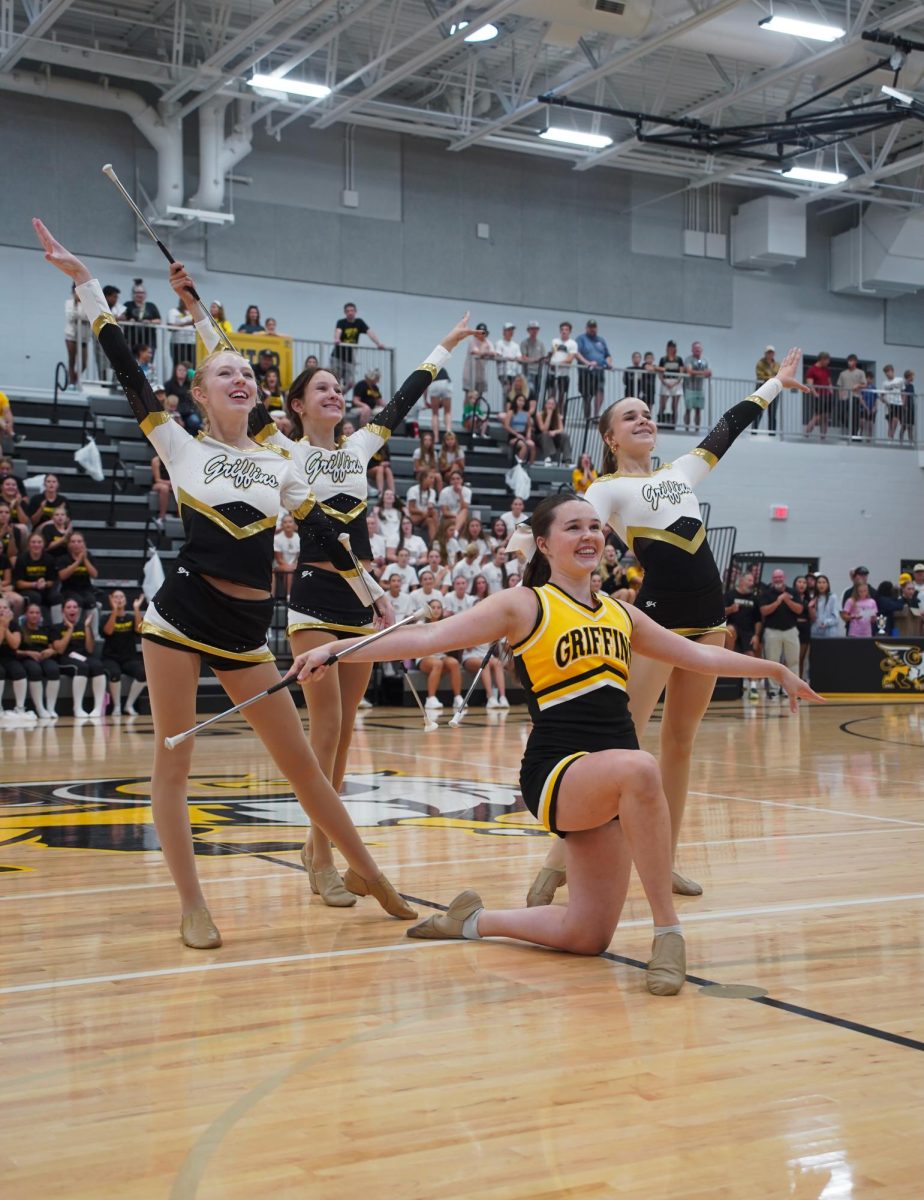
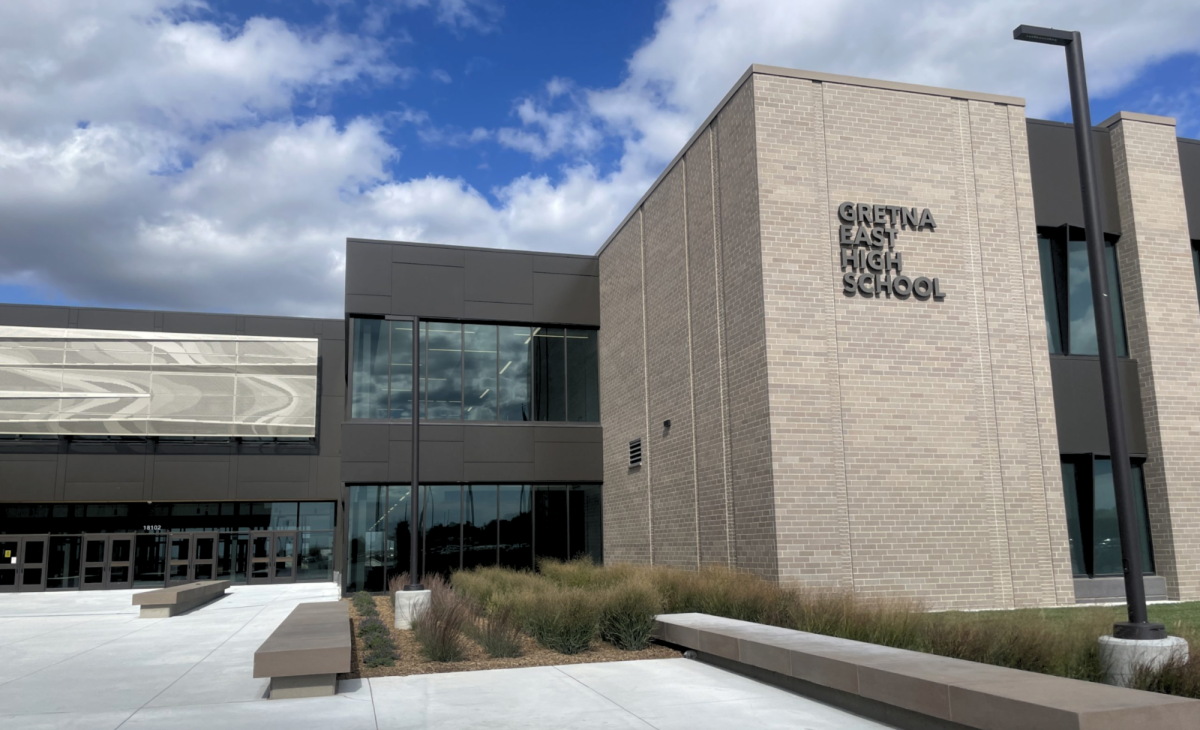
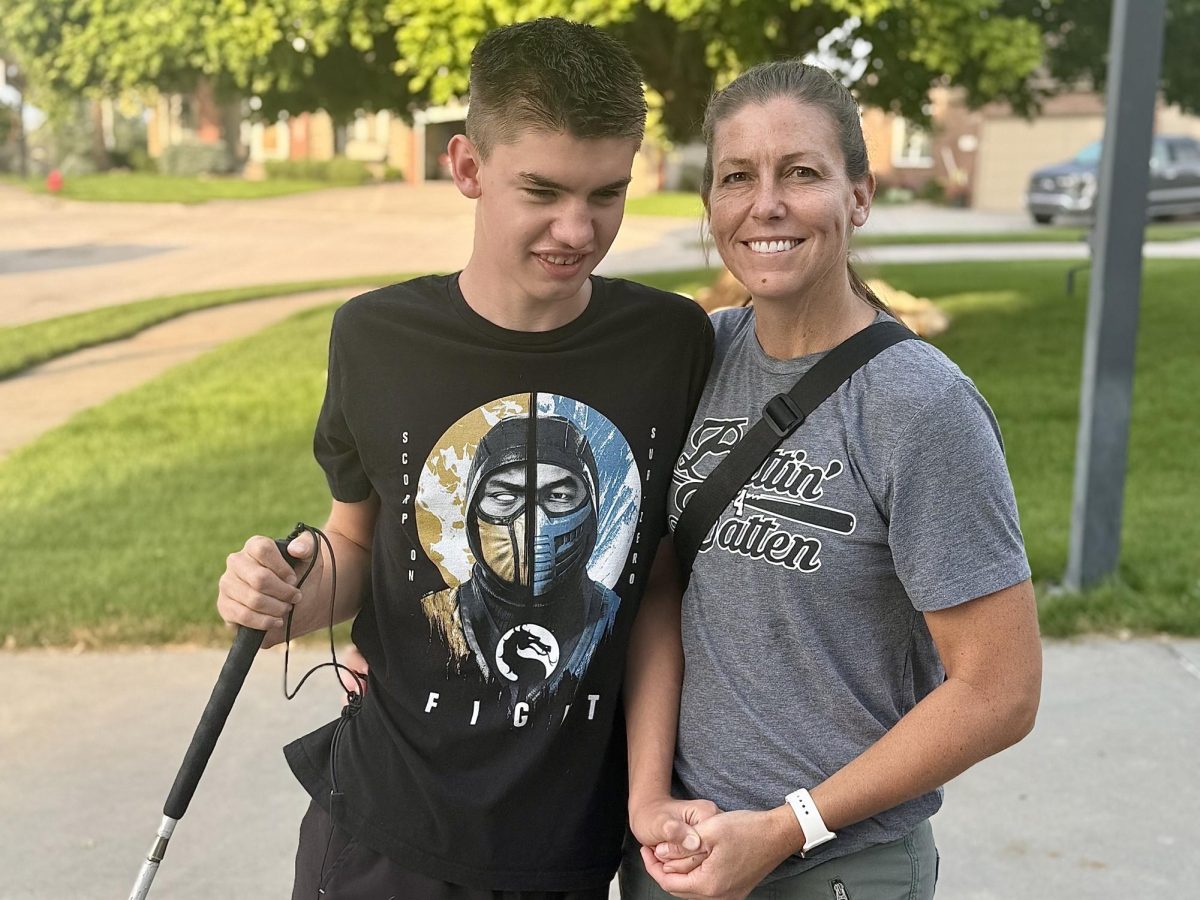

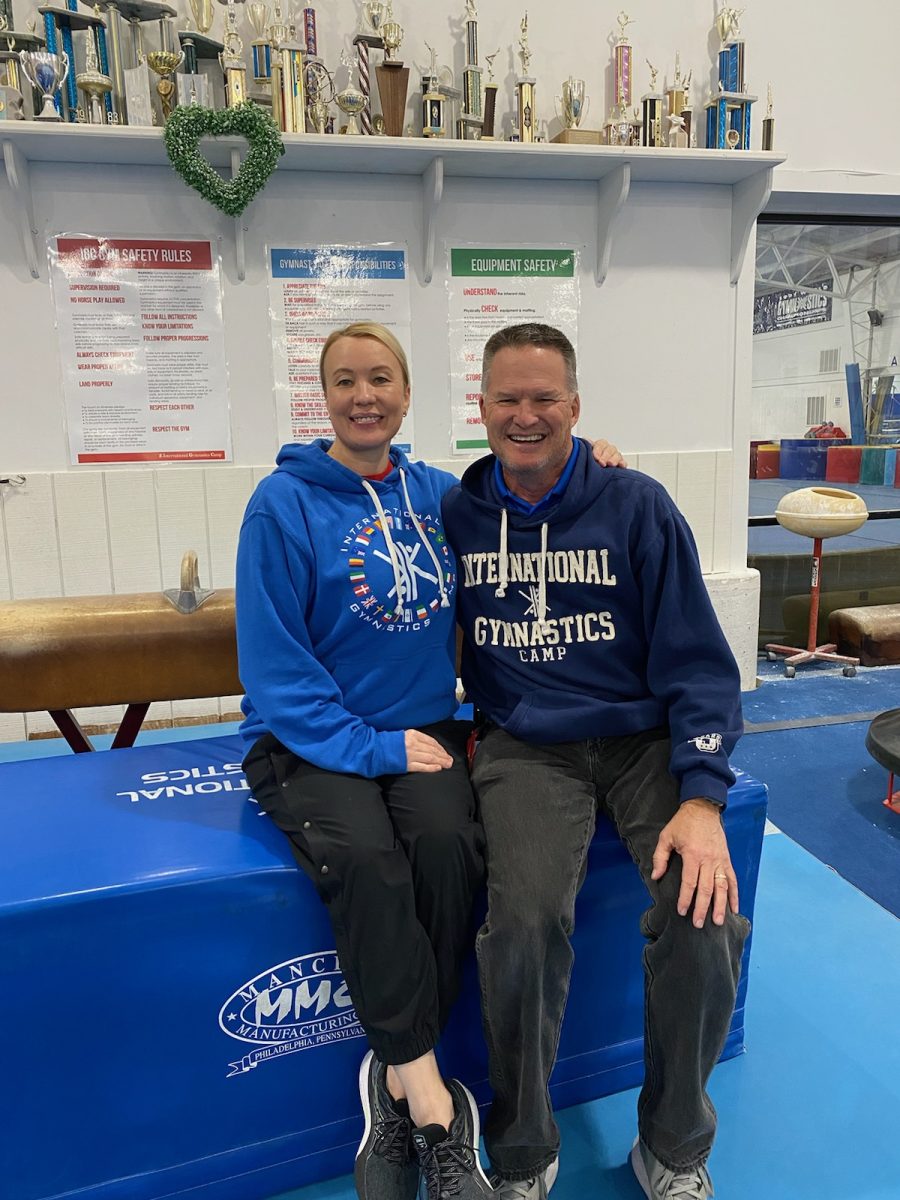
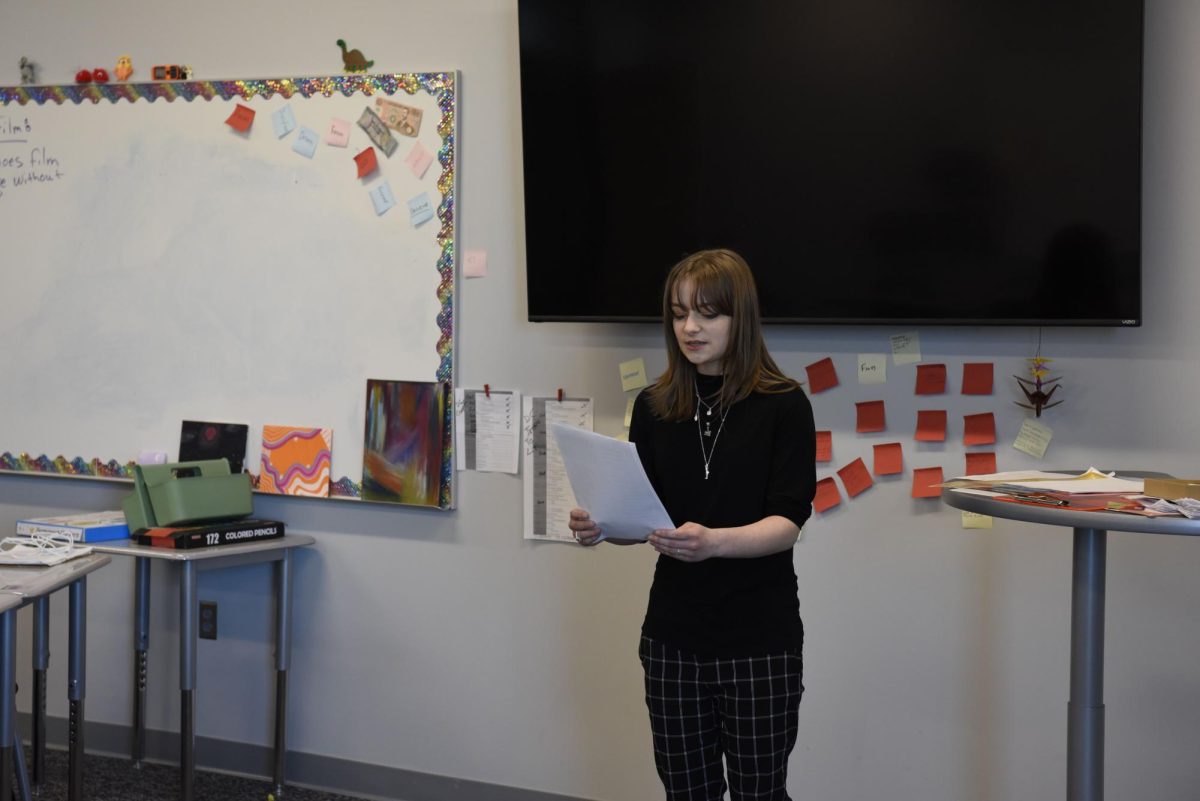

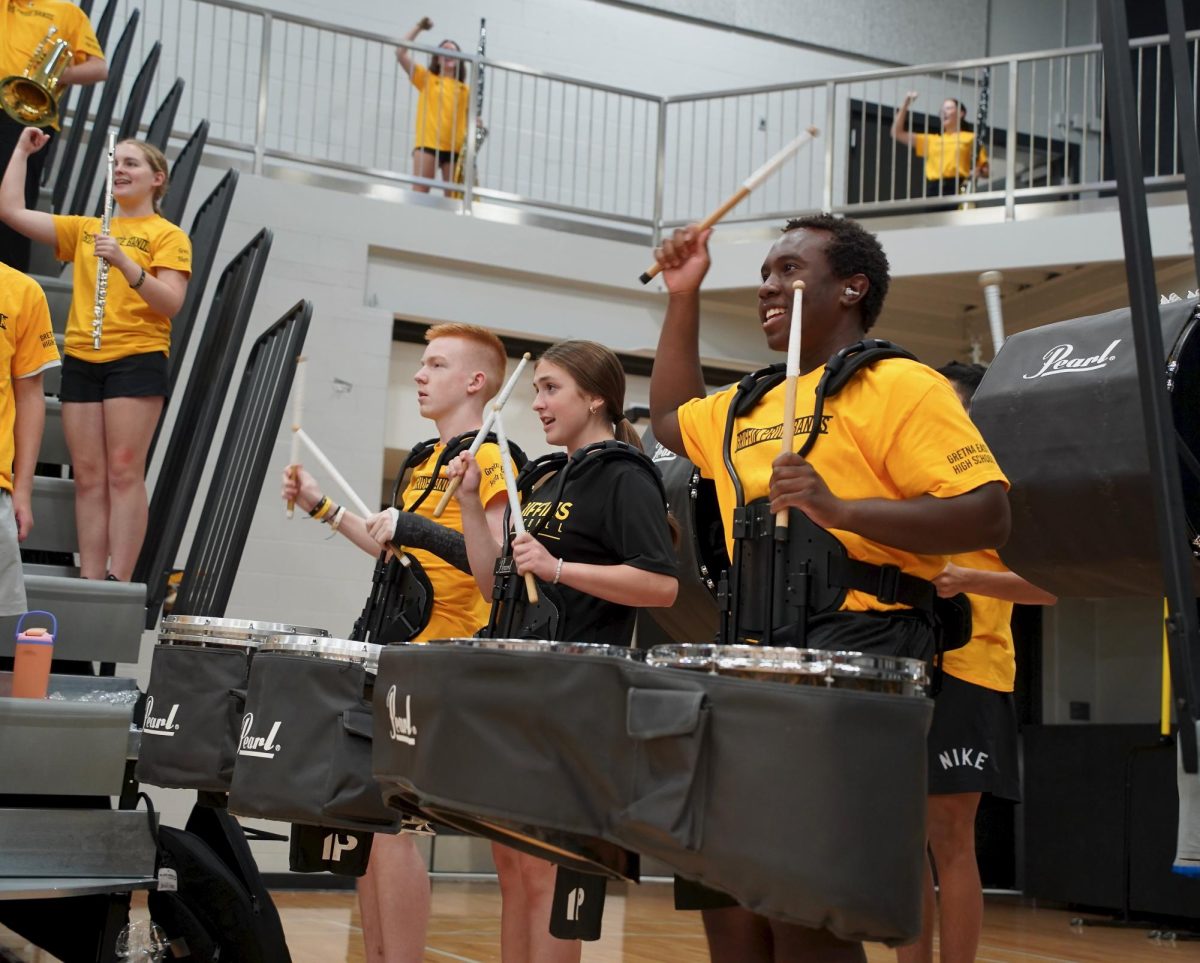
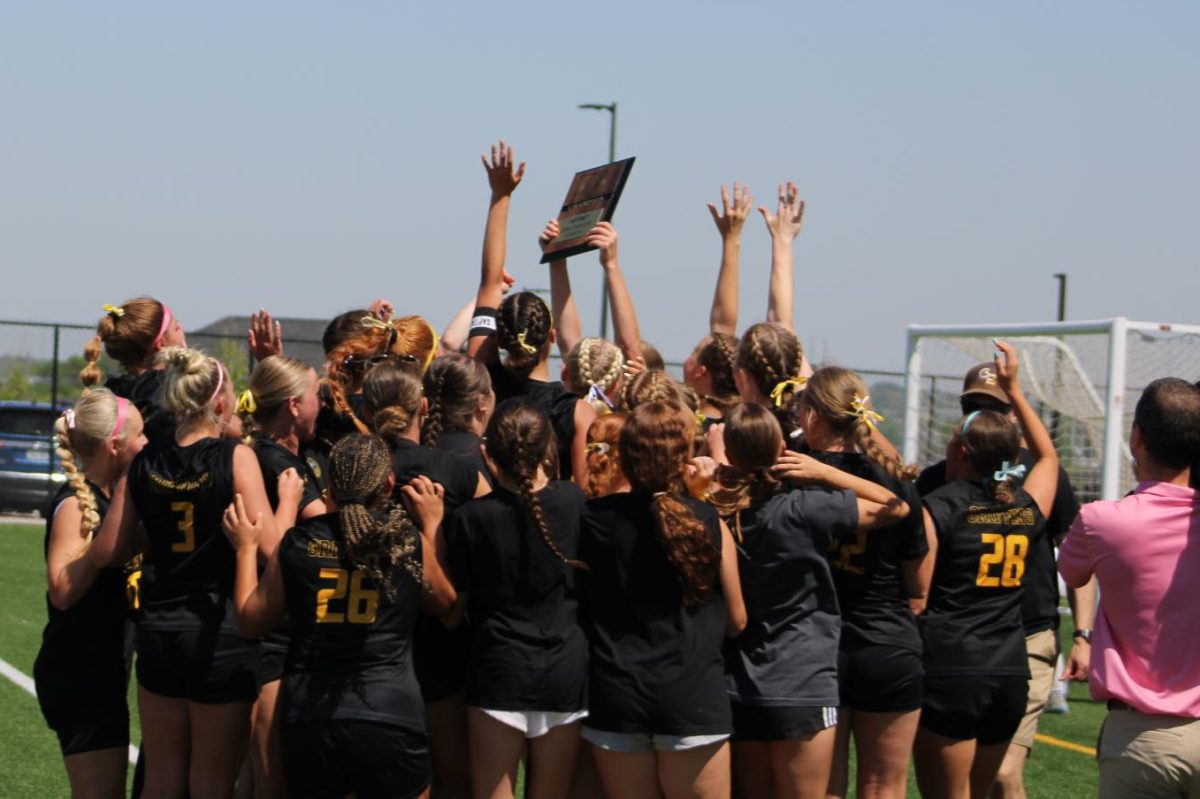
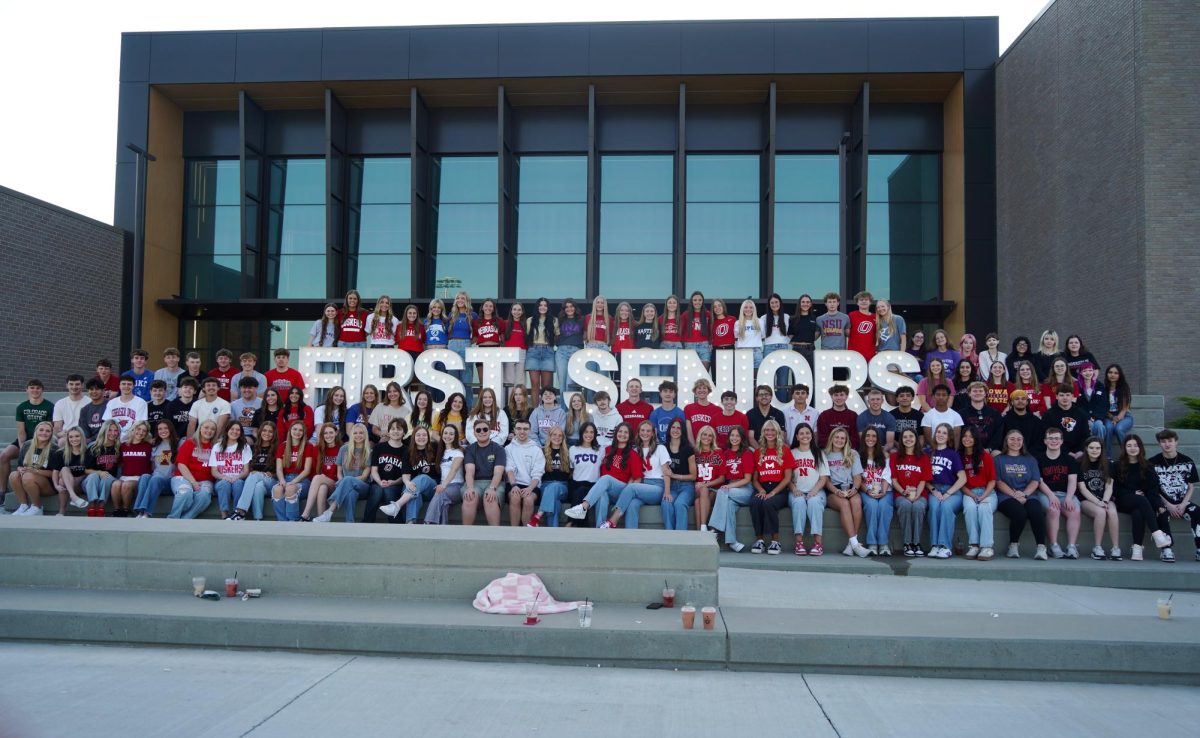

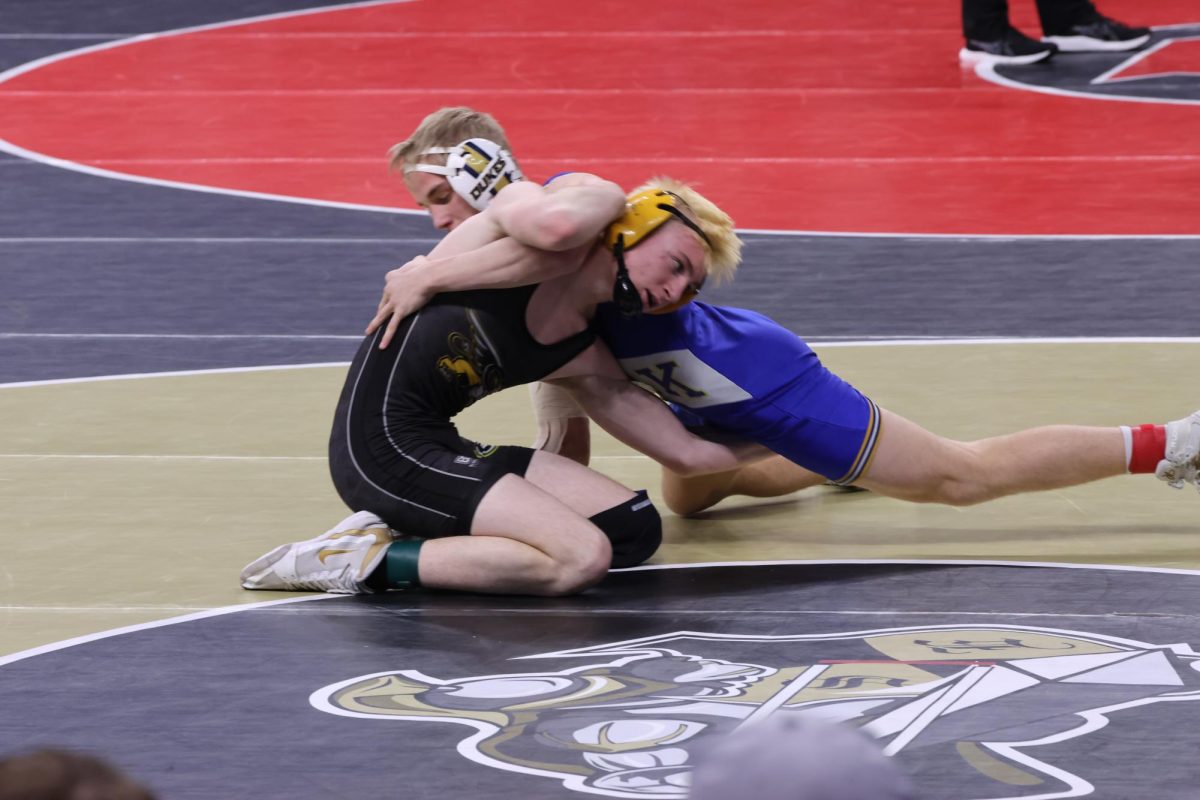













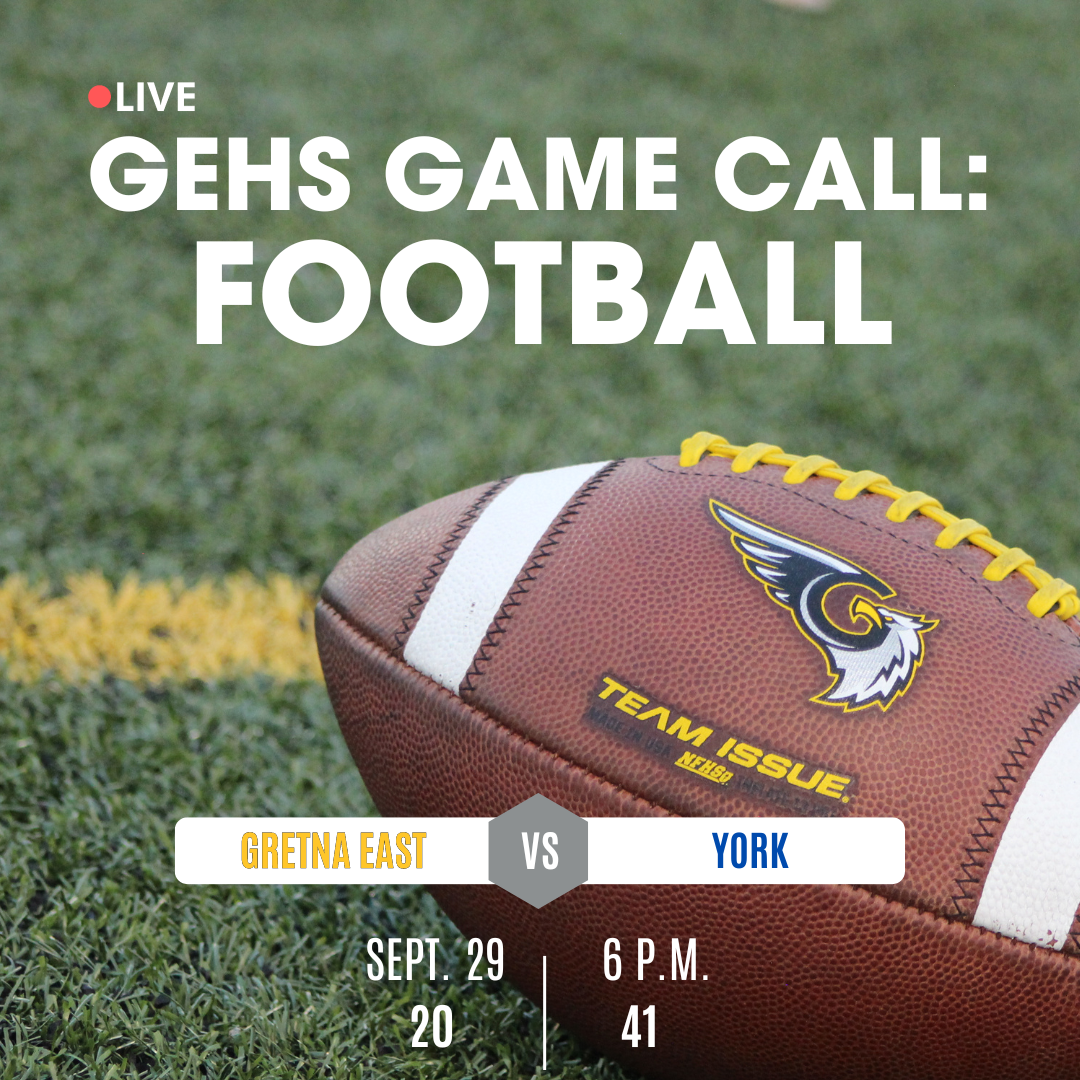
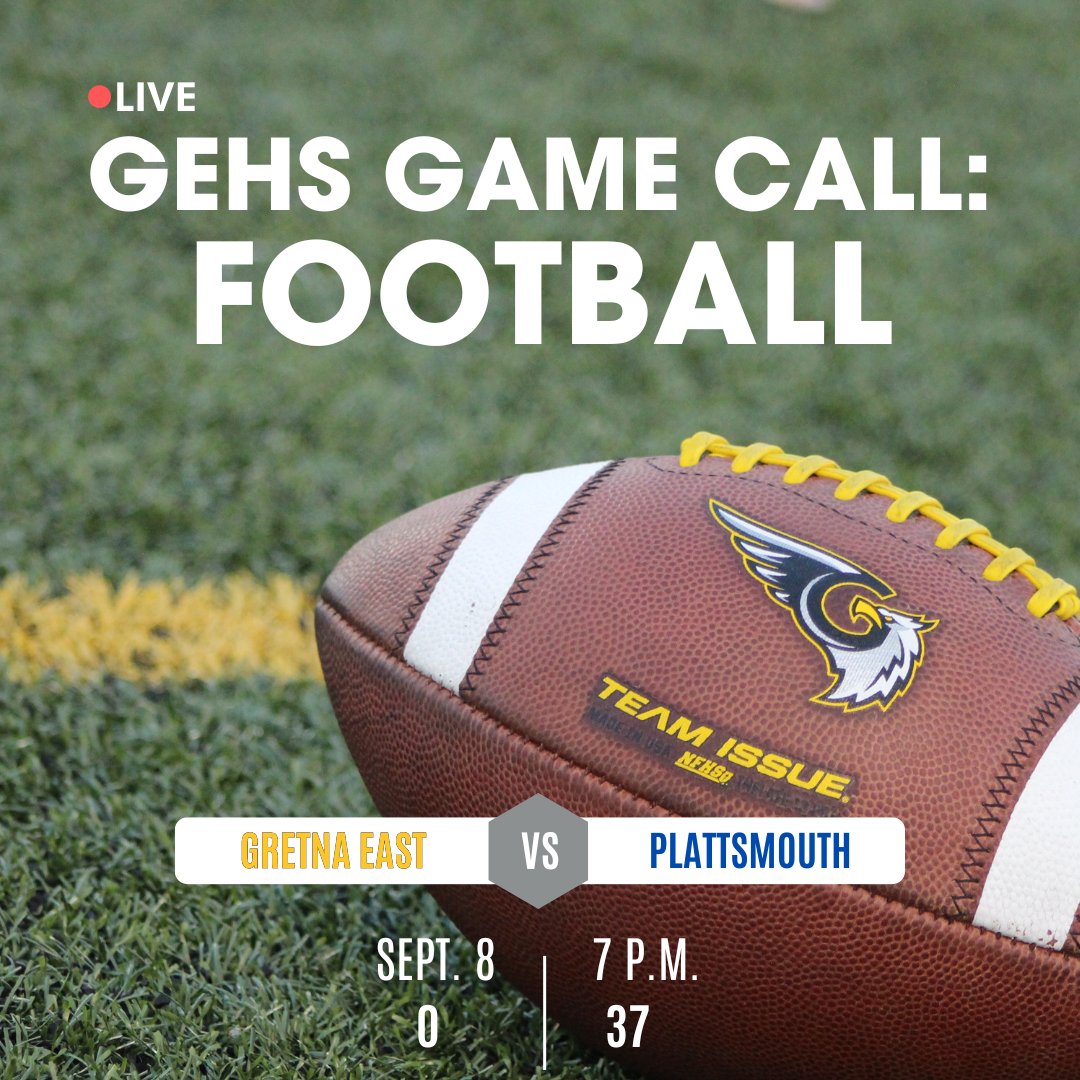
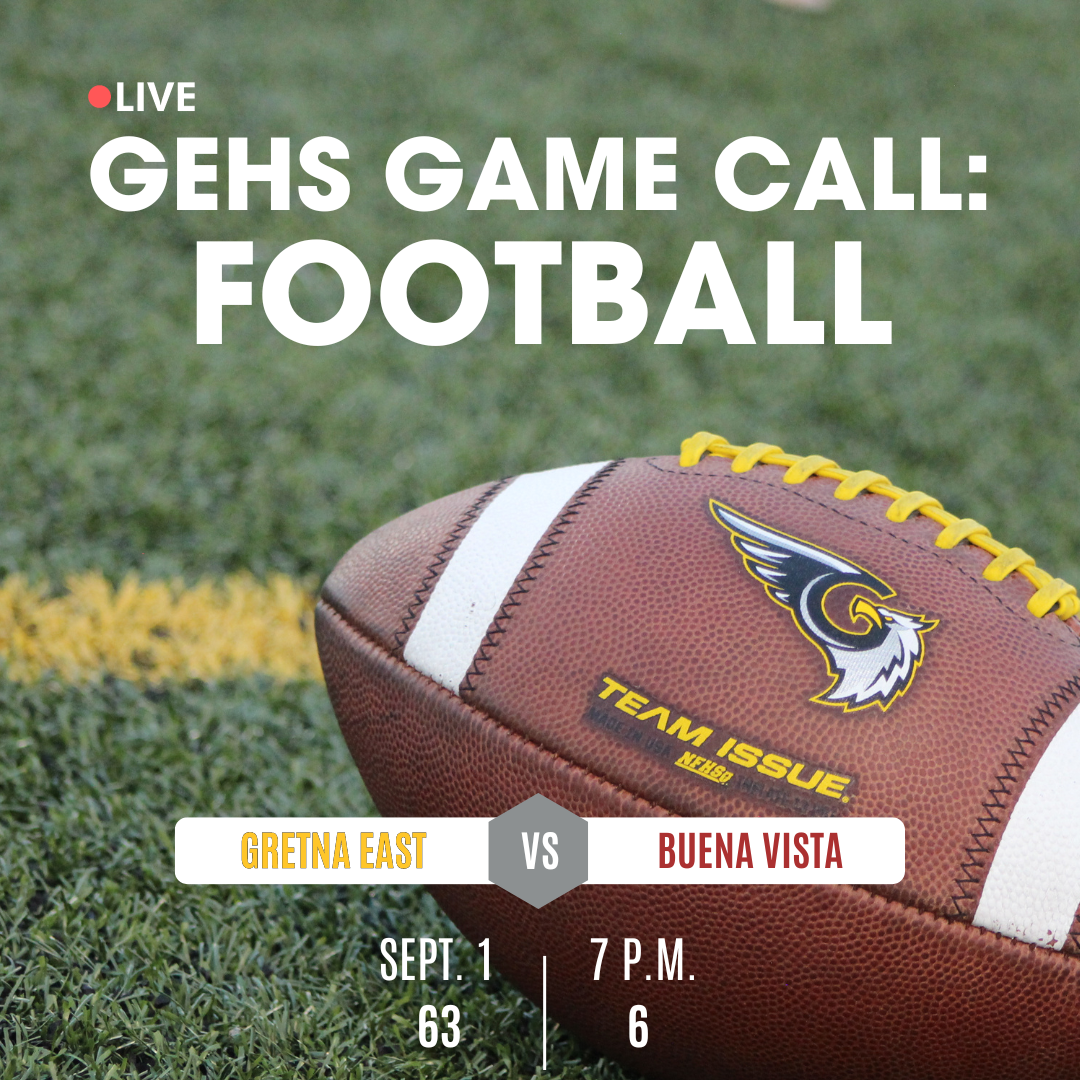


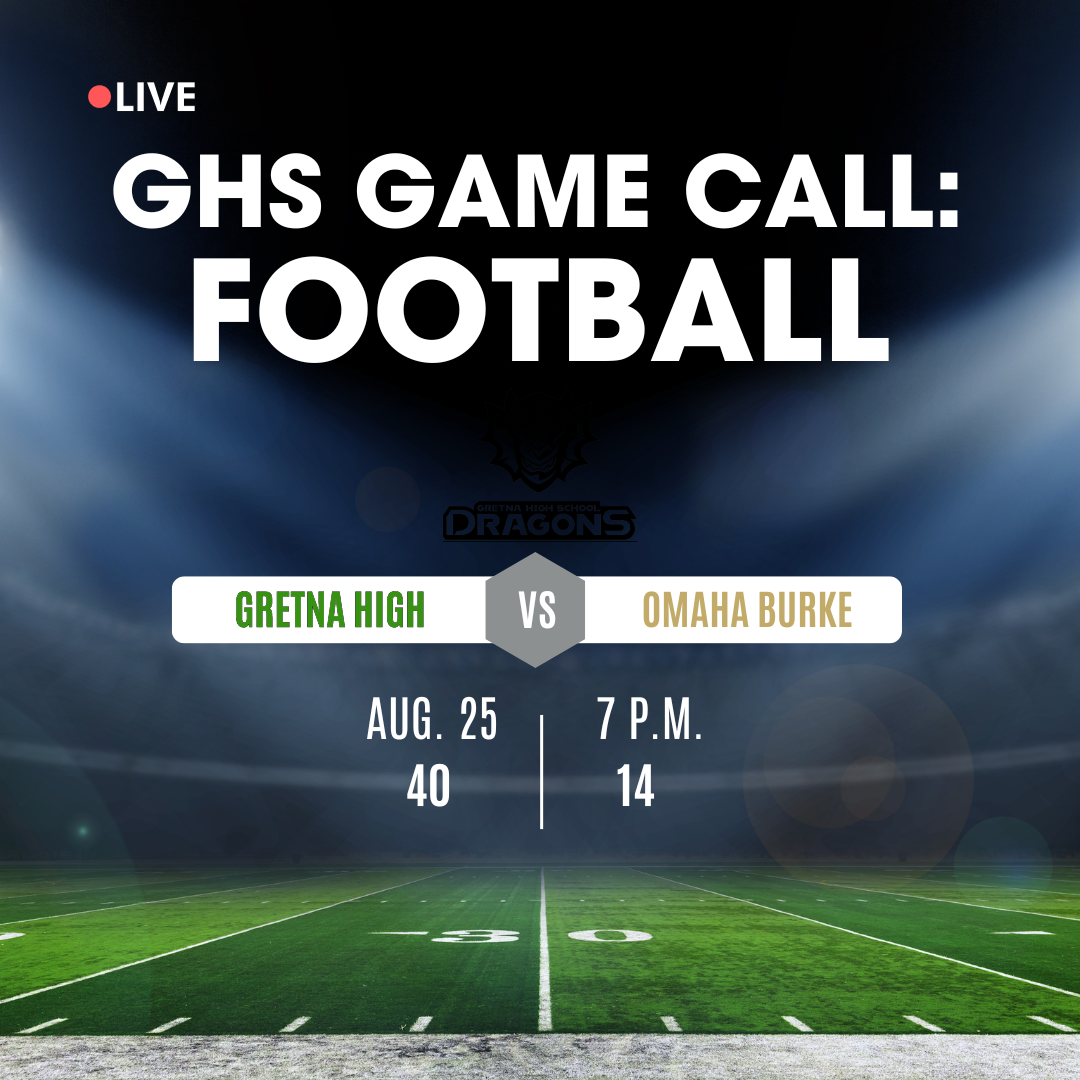

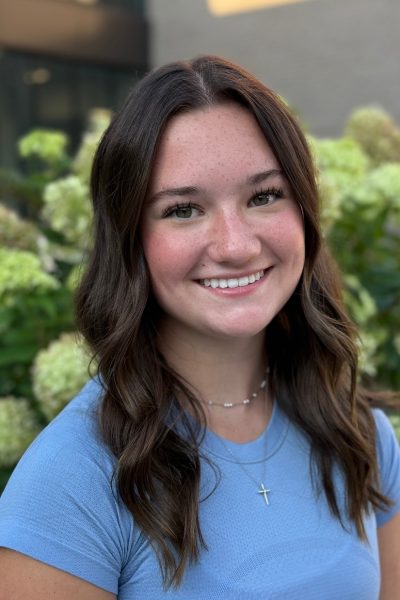
Coach Dougall • Jan 15, 2025 at 8:04 pm
This is a great article and a wonderful idea